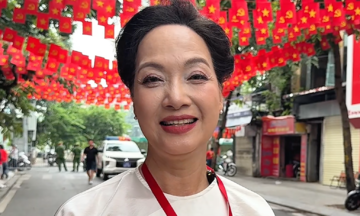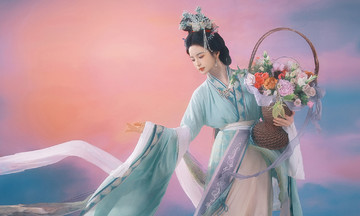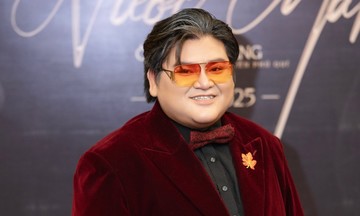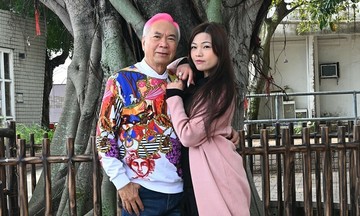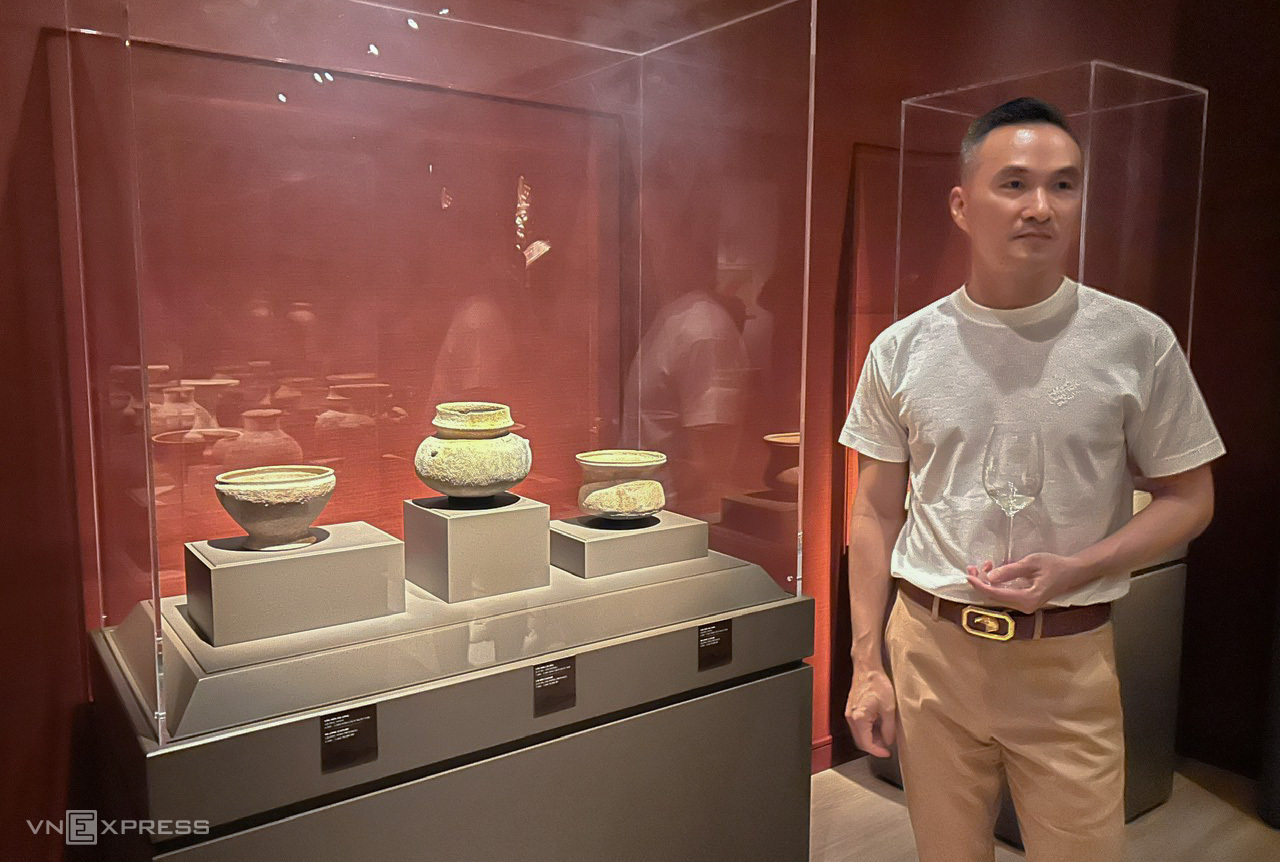 |
Well-preserved pedestal bowls, vases, and tripod pots with intricate patterns from the Phung Nguyen culture. Photo: Tan Cao |
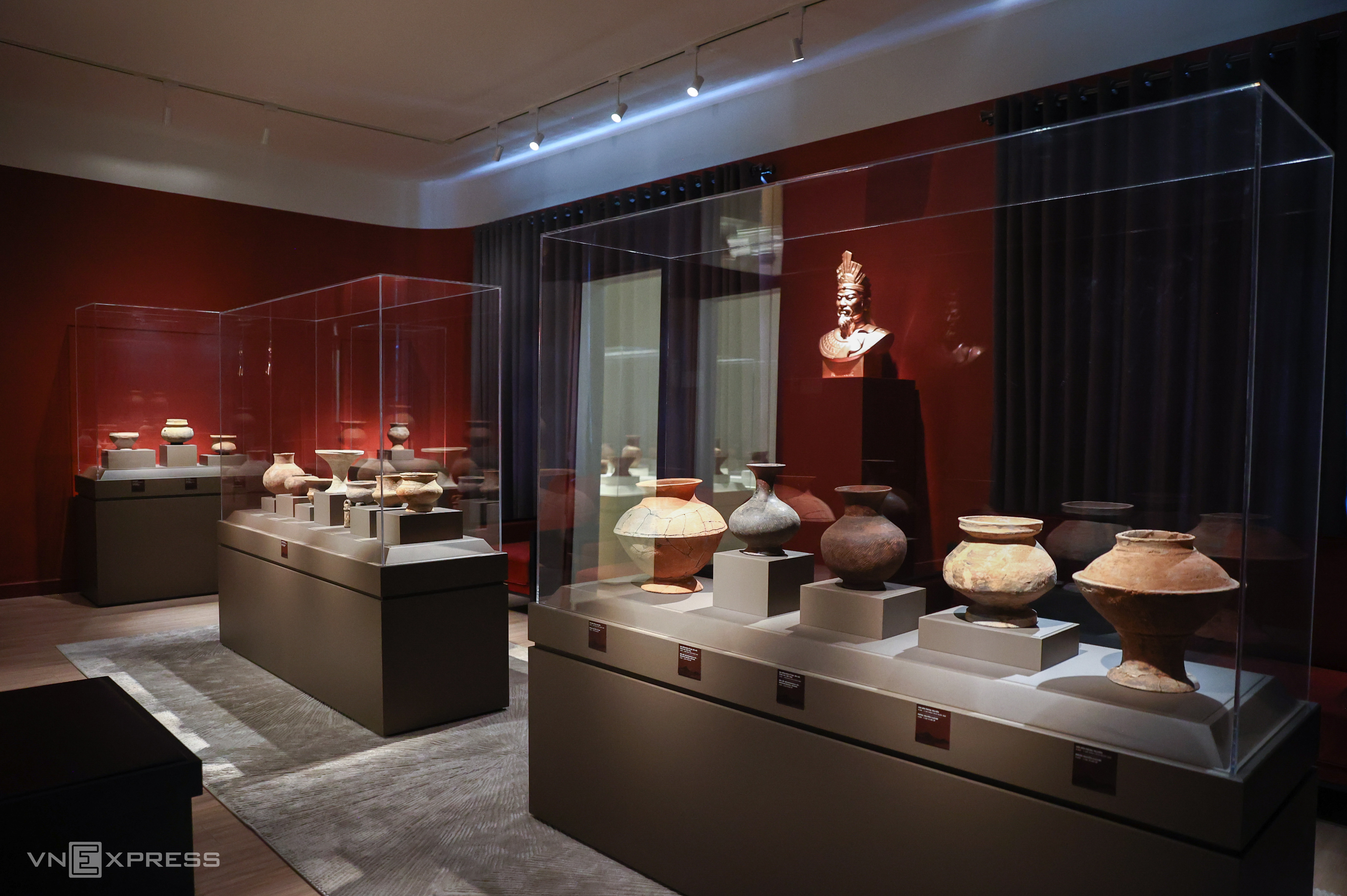 |
Ceramic bird figurine from the Dong Dau culture, over 3,000 years old. This period followed the Phung Nguyen culture and was primarily located in the midlands and delta of northern Vietnam. Dong Dau pottery features simple geometric incised decorations. Photo: Quynh Tran |
Actor Chi Bao's ceramics museum opened in mid-July in An Khanh ward, Ho Chi Minh City. Located within a villa complex, the museum occupies two floors and showcases 400 ceramic artifacts from Bao’s personal collection (pictured below). The pieces represent various Vietnamese cultures, including Dong Son, Phung Nguyen, Dong Dau, Go Mun, and Sa Huynh, dating back over 2,000 years.
"I wanted to create a museum specifically dedicated to ceramics from Vietnam's founding era," Bao said. "I hope it will serve as a bridge between the past and present, inspiring pride in Vietnam's ancient culture." This is one of the private museums under the management of the Ho Chi Minh City Department of Culture and Sports.
Bao began collecting ceramics around 2010 while working on the program *Understanding the Heart*, drawn to their simple beauty. He now owns over 1,000 ceramic artifacts from various cultures, mostly originating in Vietnam.
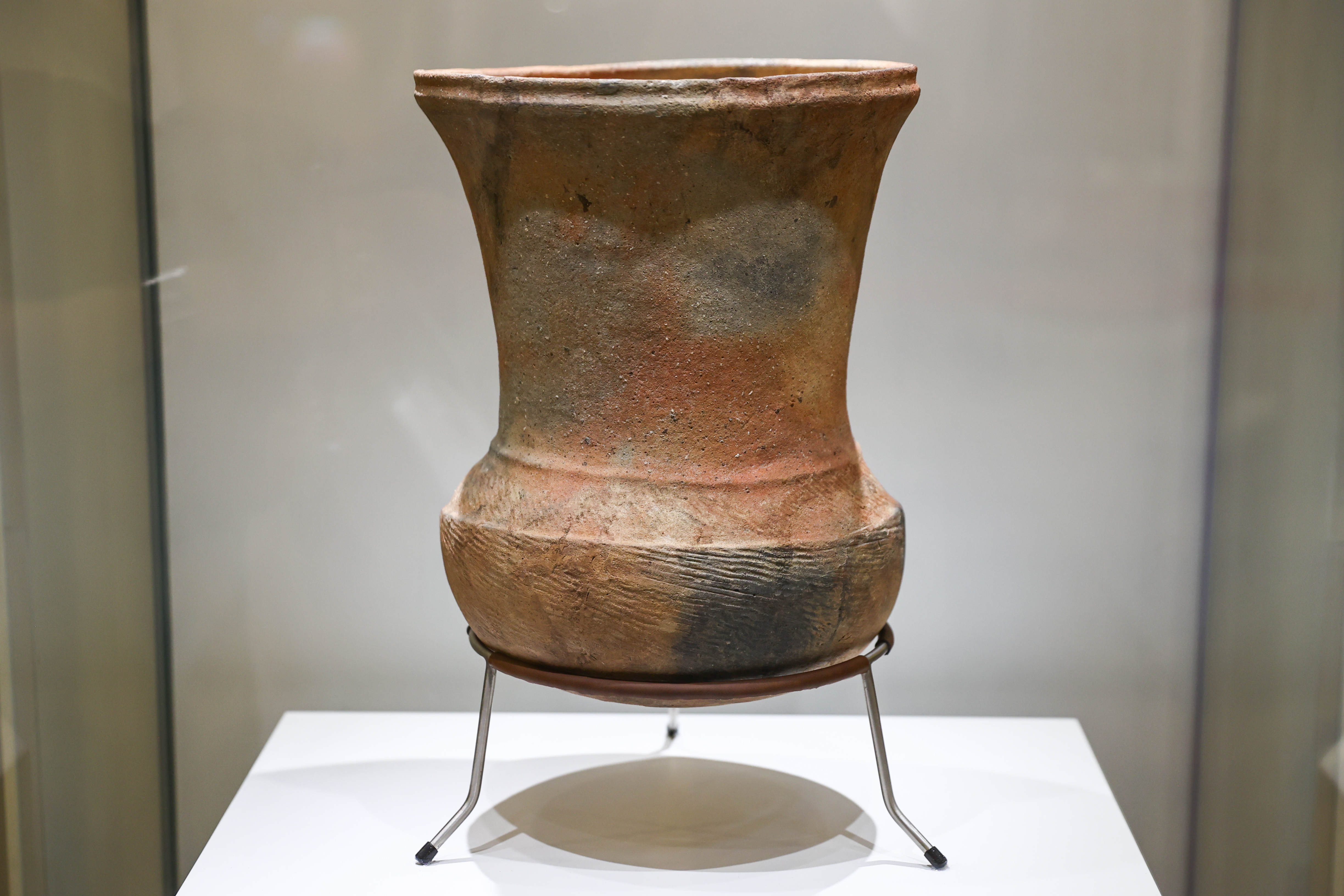 |
A highlight of the collection is a Dong Son ceramic steamer, approximately 2,000 years old, recognized as a national treasure in 2024. According to Bao, the steamer is particularly significant because the Dong Son culture is primarily known for its bronze drums.
Used for steaming sticky rice or other foods, the steamer consists of a lower section for water and an upper section for food. It stands 40 cm tall with a mouth diameter of 28.5 cm and weighs 4.2 kg. Its flared mouth, narrow waist, and round belly distinguish it from other cooking pots and containers.
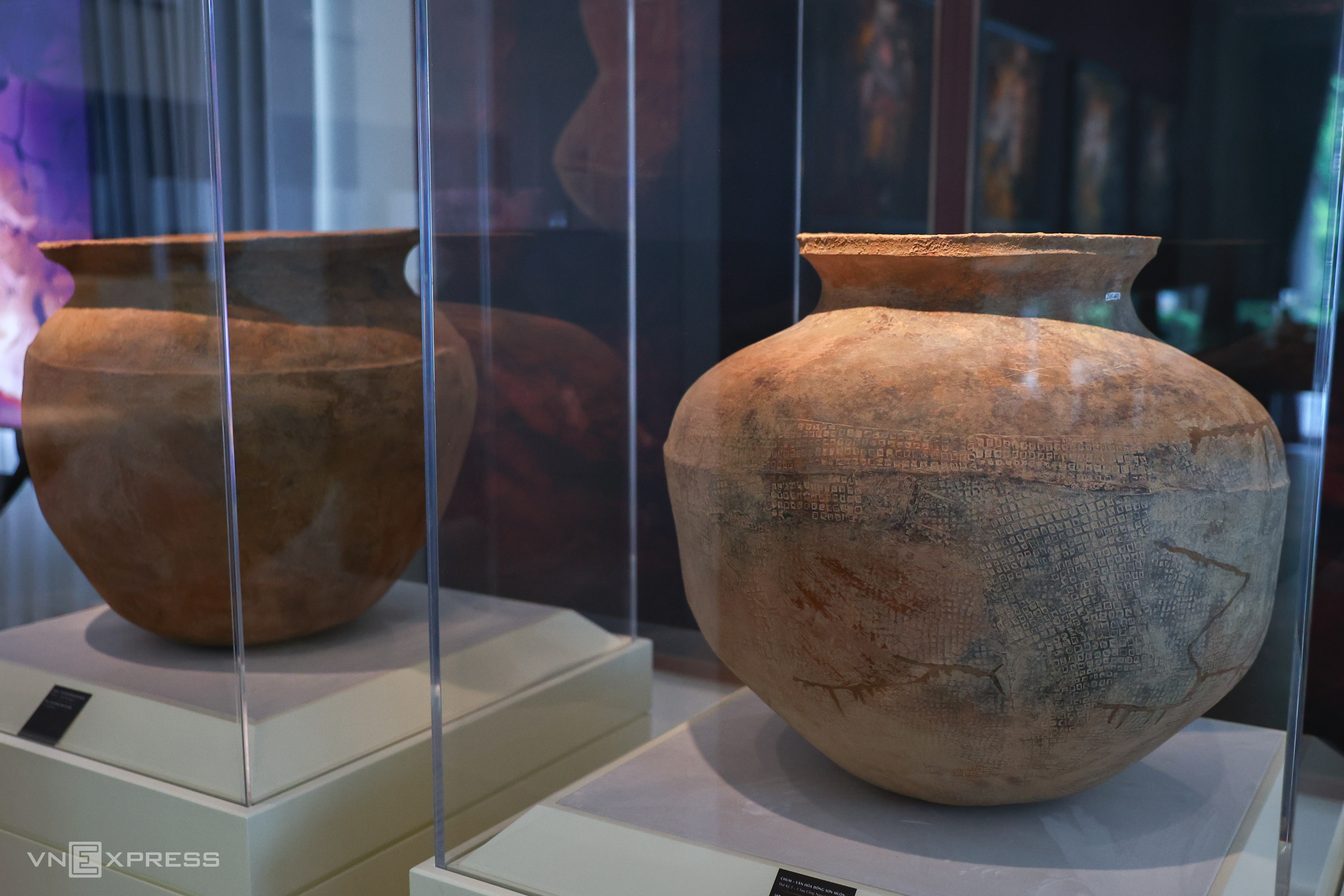 |
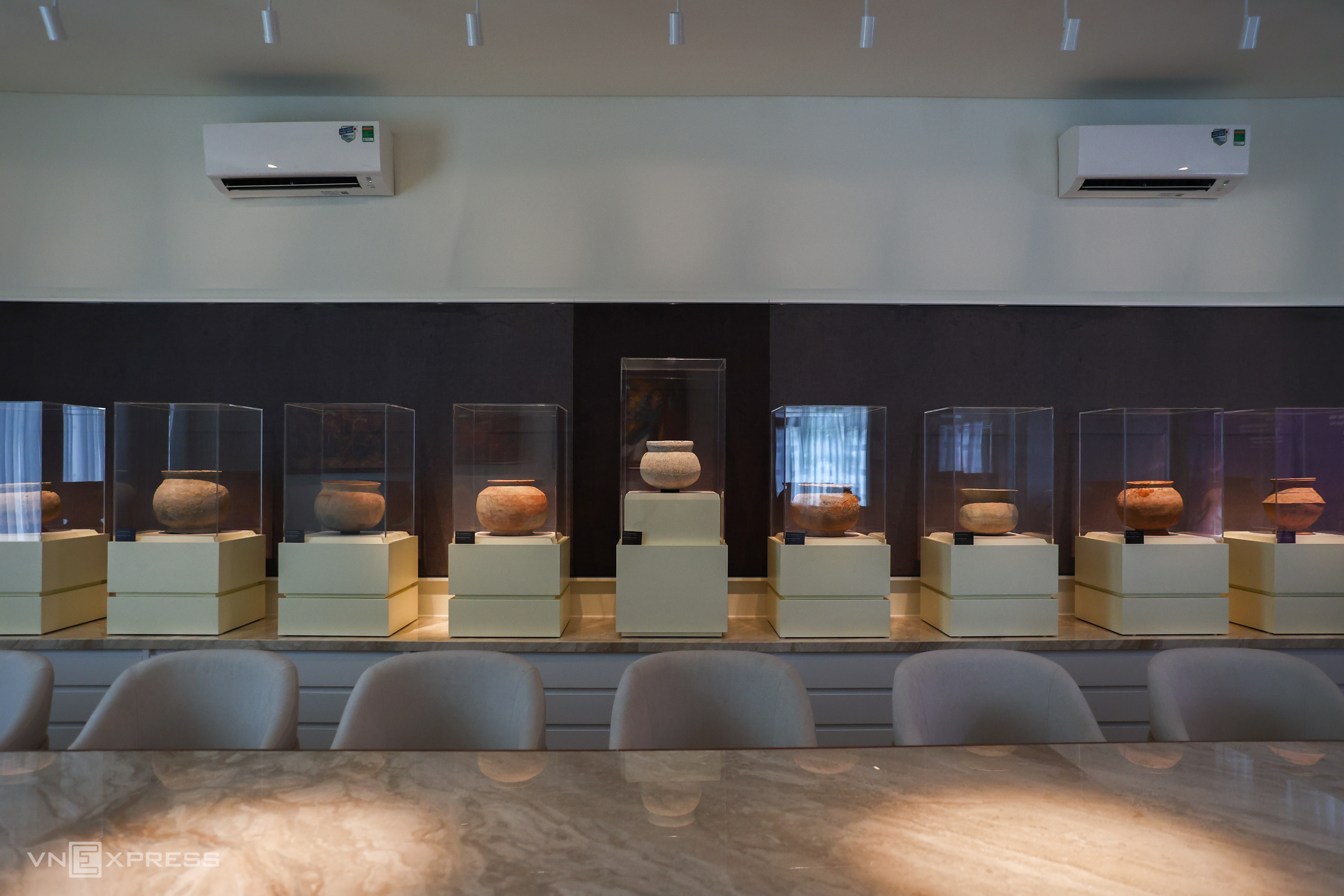 |
One area of the museum displays numerous Dong Son artifacts, primarily jars and vases of varying sizes.
Emerging around 800 BCE and flourishing in the Red River Delta, the Dong Son culture is renowned for its sophisticated bronze casting, exemplified by its bronze drums. The Dong Son people practiced wet-rice agriculture, weaving, pottery, and the crafting of weapons and jewelry. This culture is considered representative of ancient Vietnamese people and laid the foundation for the Van Lang-Au Lac state.
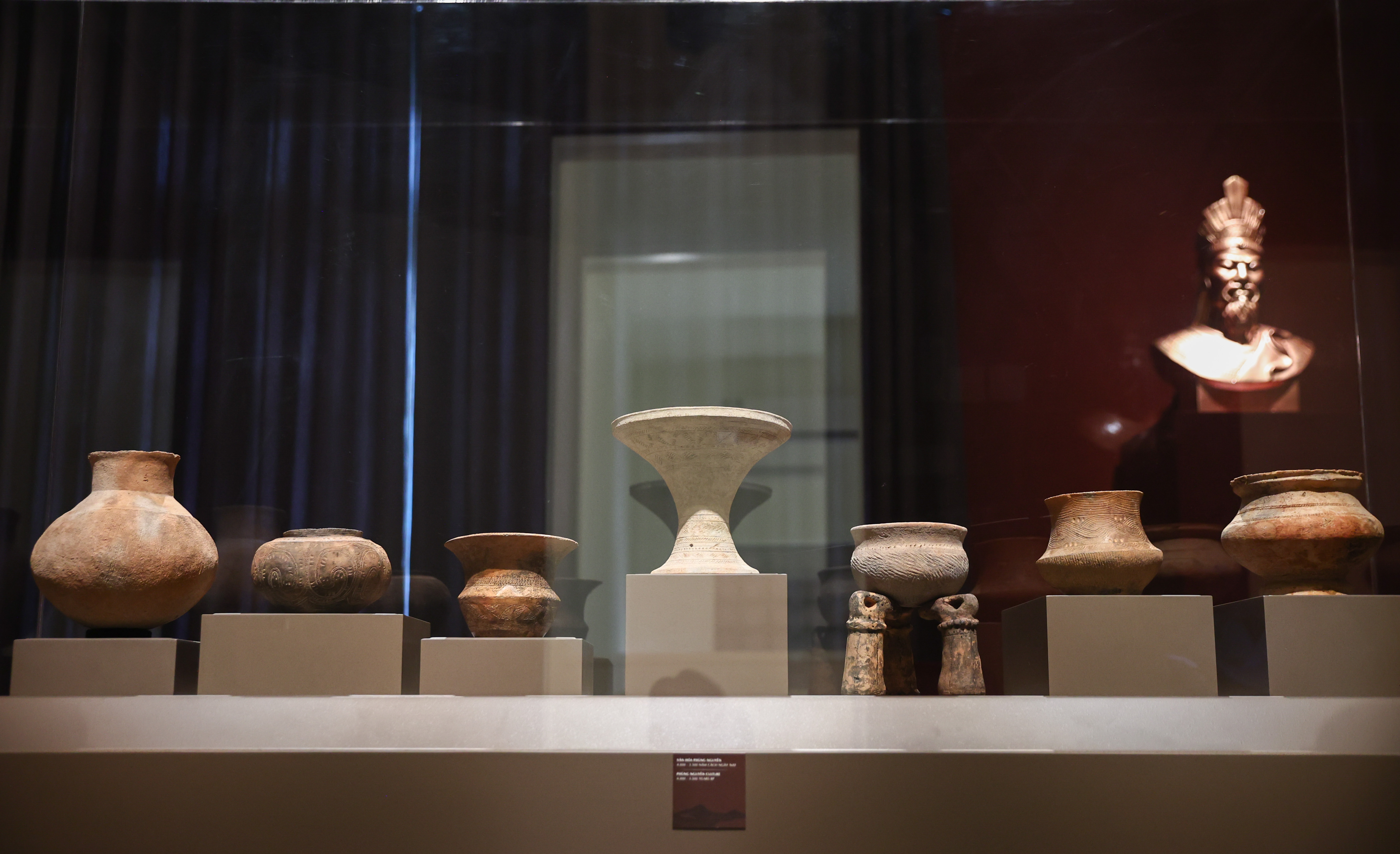 |
Bao particularly admires the Phung Nguyen ceramics for their aesthetic qualities and unique designs. Display cases throughout the museum exhibit Phung Nguyen vases, jars, pedestal bowls, and pots.
The Phung Nguyen culture (2000-1500 BCE) was primarily located in the midlands and delta of northern Vietnam. It is characterized by advanced pottery techniques and the use of polished stone tools, such as axes. The Phung Nguyen people lived in settled communities, cultivating rice, raising livestock, weaving, and fishing. This culture paved the way for later periods like Dong Dau, Go Mun, and Dong Son.
 |
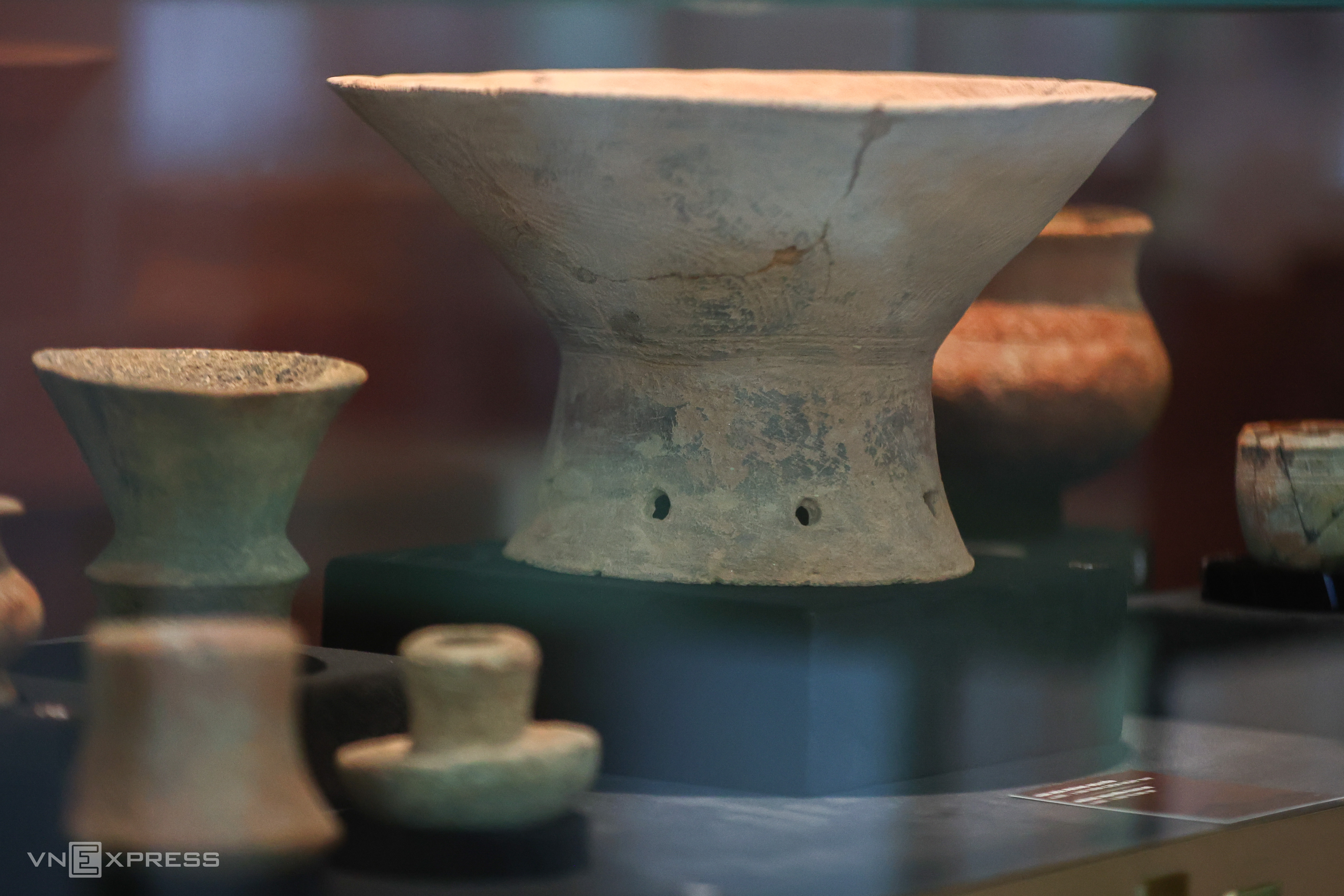 |
Well-preserved pedestal bowls, vases, and tripod pots with intricate patterns from the Phung Nguyen culture. Photo: Tan Cao
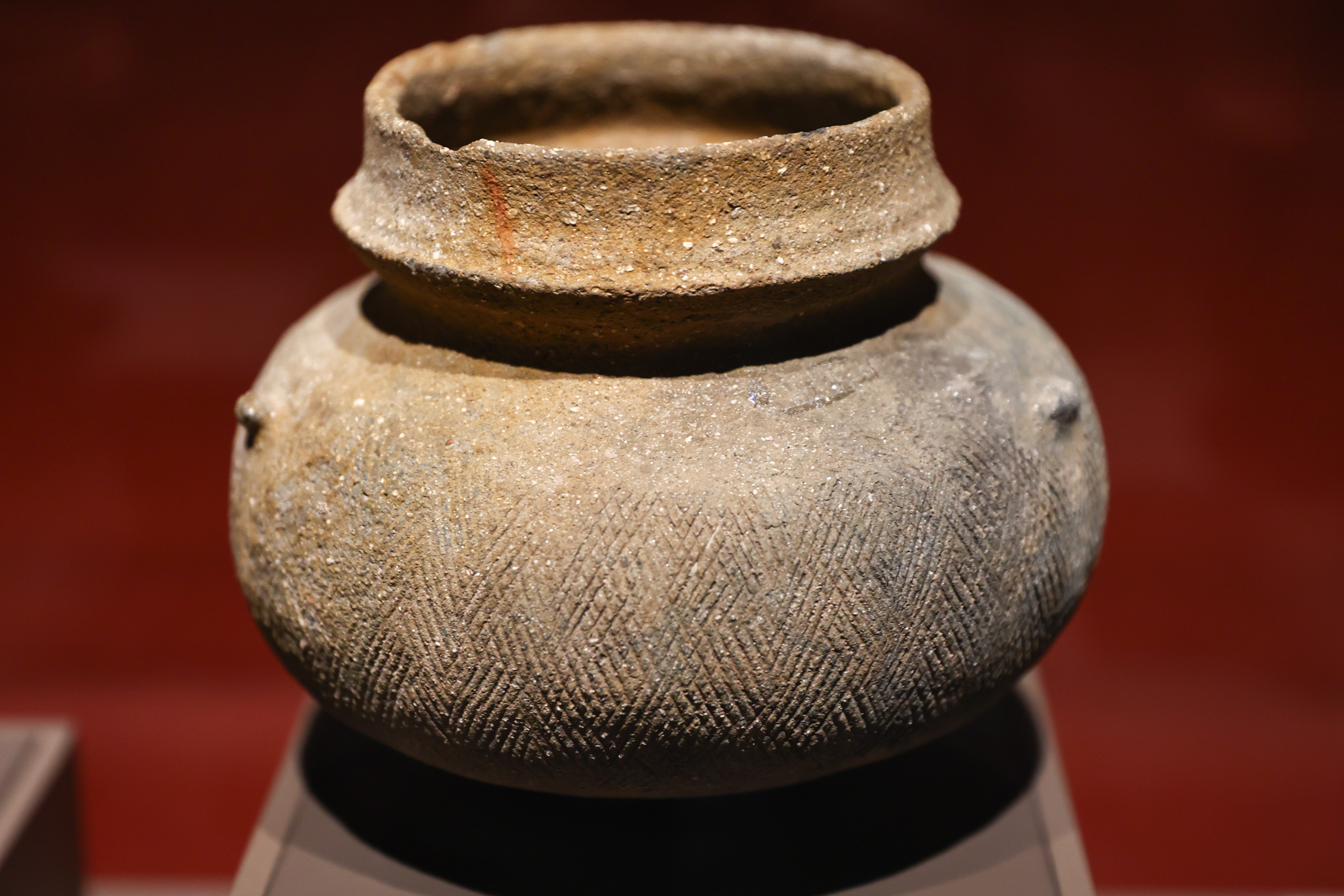 |
One of the oldest artifacts in the museum is a ceramic pot from the Cai Beo culture, dating back approximately 7,000 years.
The Cai Beo site in Hai Phong was discovered in 1938 in the coastal area of Ha Long Bay. Excavations unearthed various tools like pestles, axes, chisels, and anvils made of pebbles. The pottery from this period is coarse, made from clay and dried sand grains.
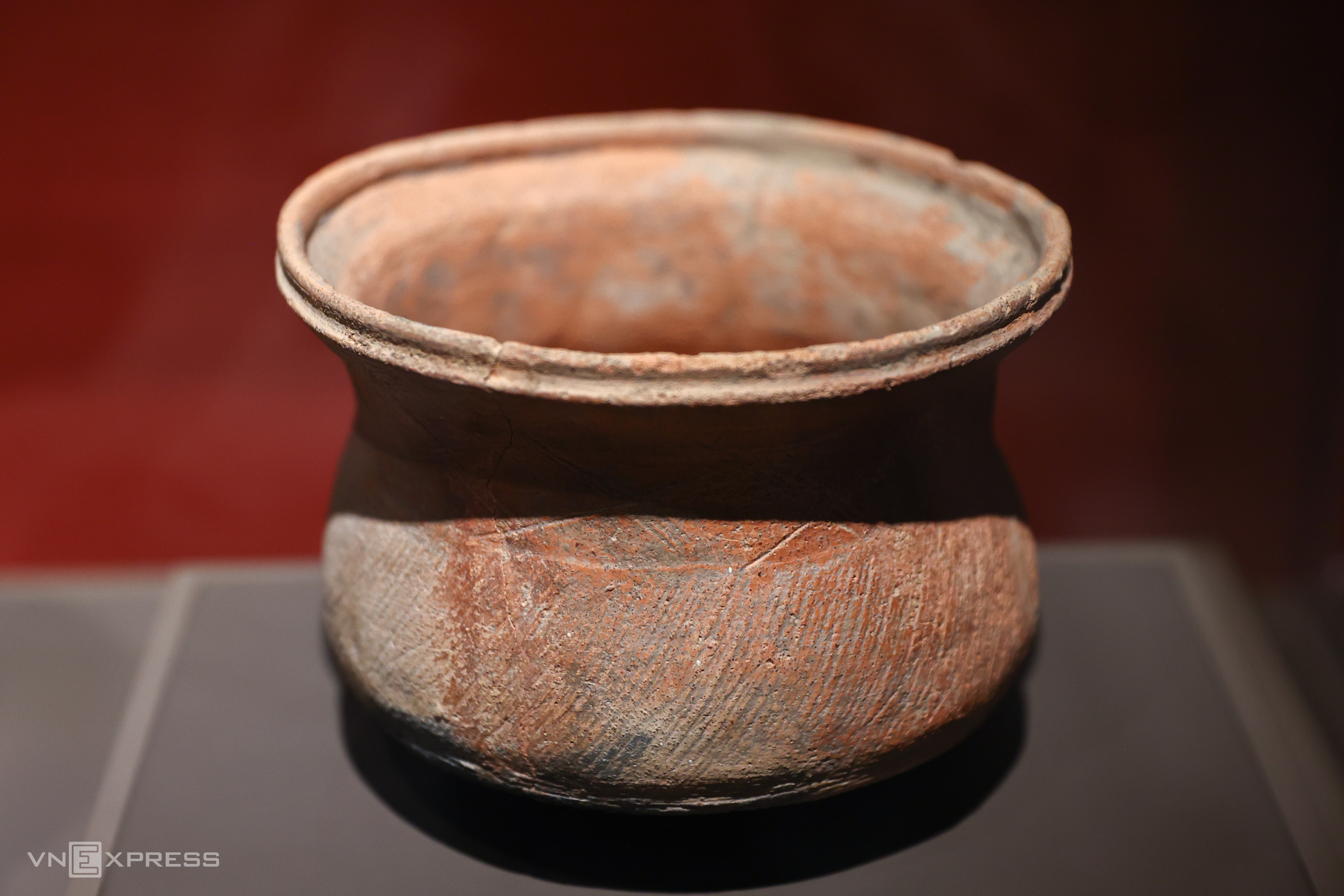 |
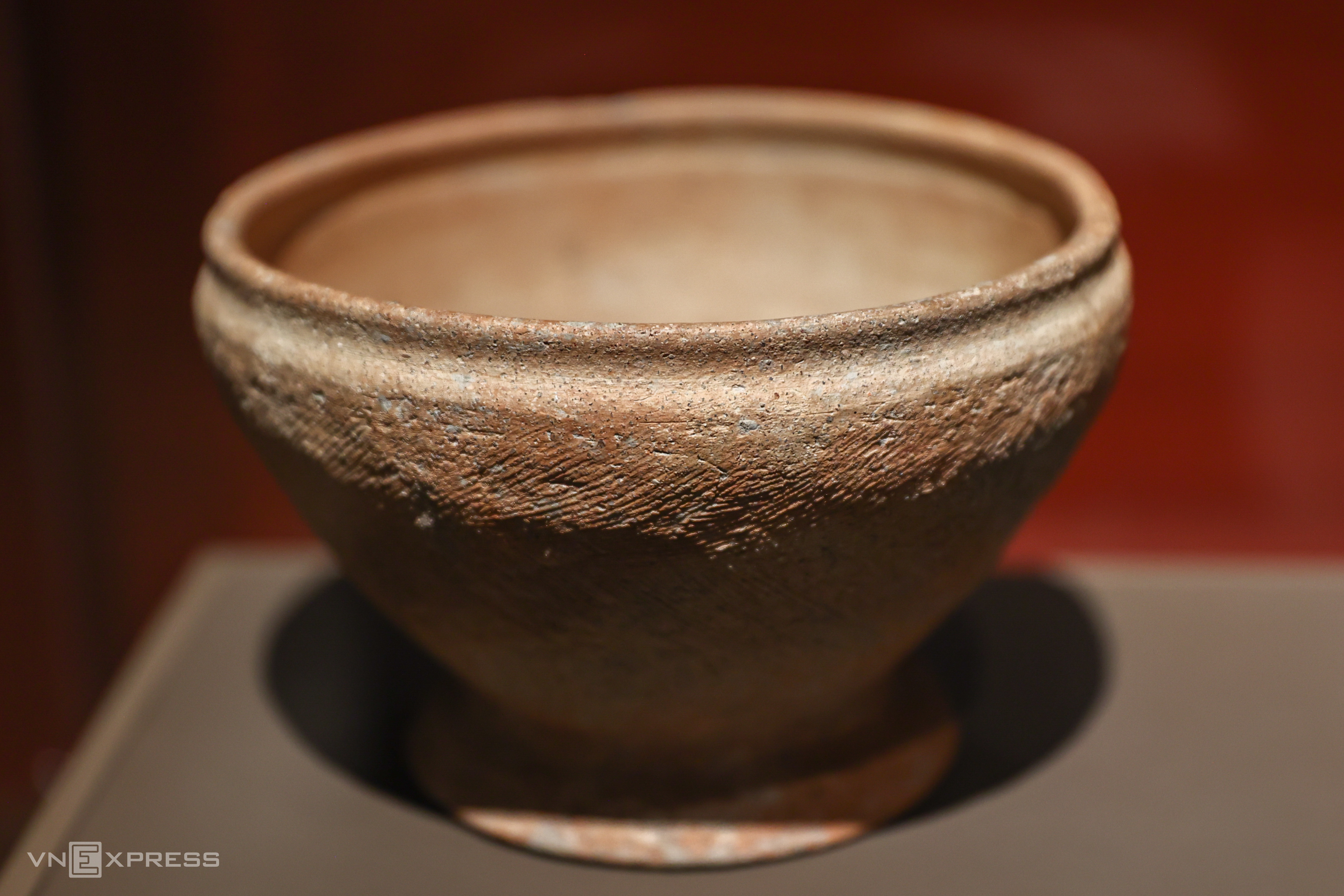 |
Nearby are a pot (pictured above) and a bowl from the Ha Long culture, dating back around 5,000 years.
Artifacts from this culture have been found on the islands of Ha Long Bay and along the coast from Quang Ninh province, sharing common characteristics in stone tool and pottery production techniques.
 |
Bird-shaped cups, jars, and vases from the Go Mun culture are also on display.
The Go Mun culture (approximately 1000-700 BCE) is considered a precursor to the Dong Son culture and contributed to the development of early Vietnamese states.
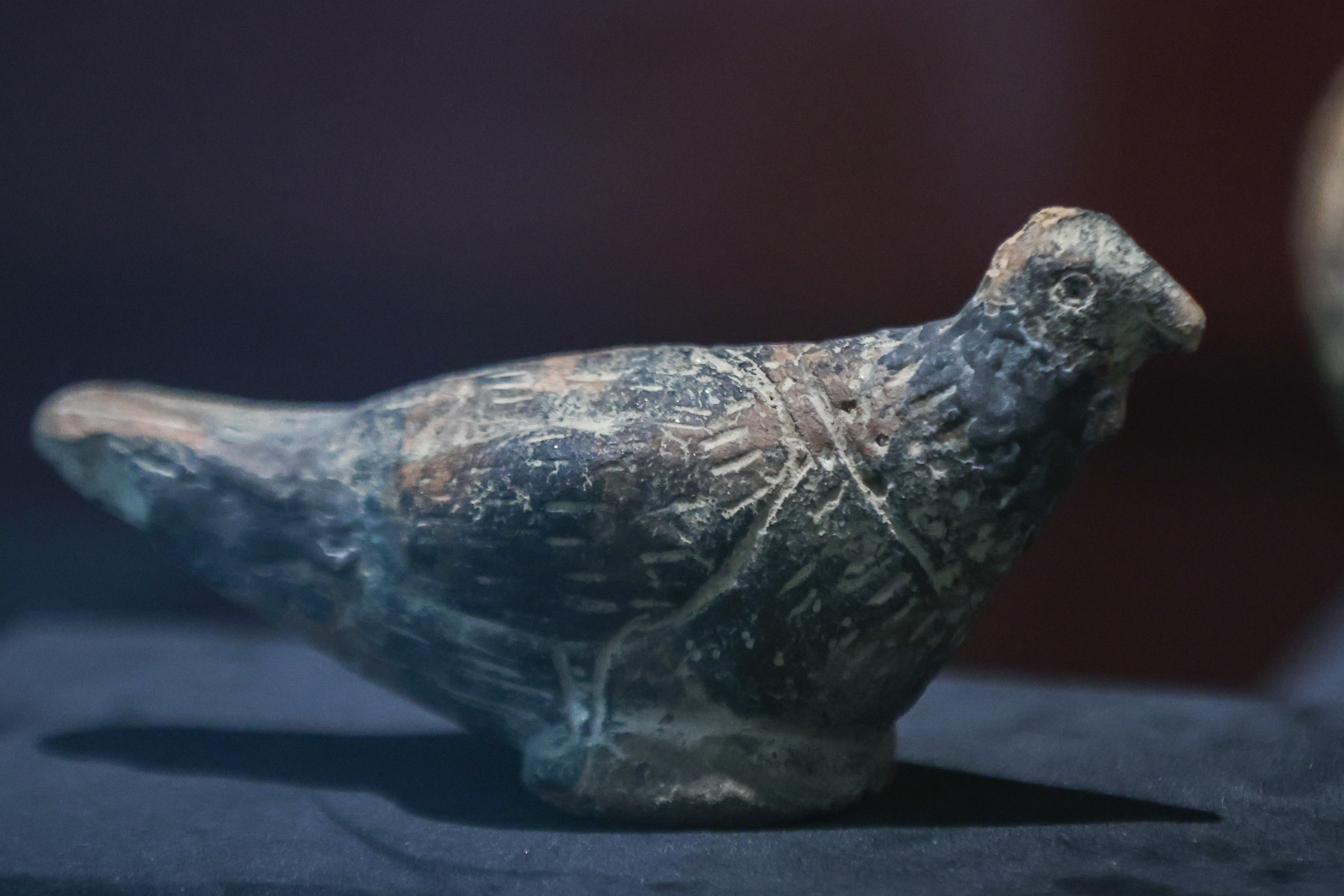 |
Ceramic bird figurine from the Dong Dau culture, over 3,000 years old. This period followed the Phung Nguyen culture and was primarily located in the midlands and delta of northern Vietnam. Dong Dau pottery features simple geometric incised decorations. Photo: Quynh Tran
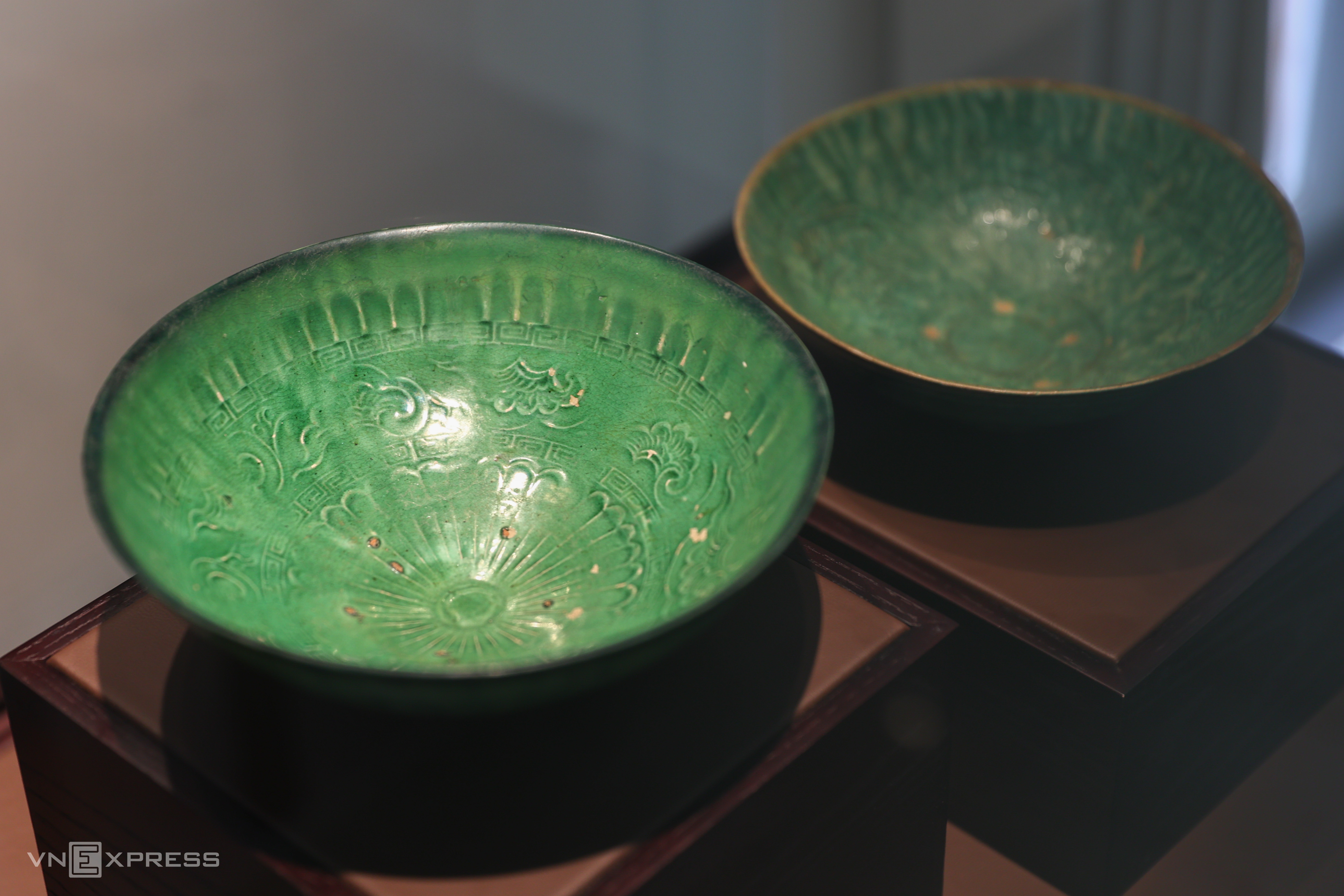 |
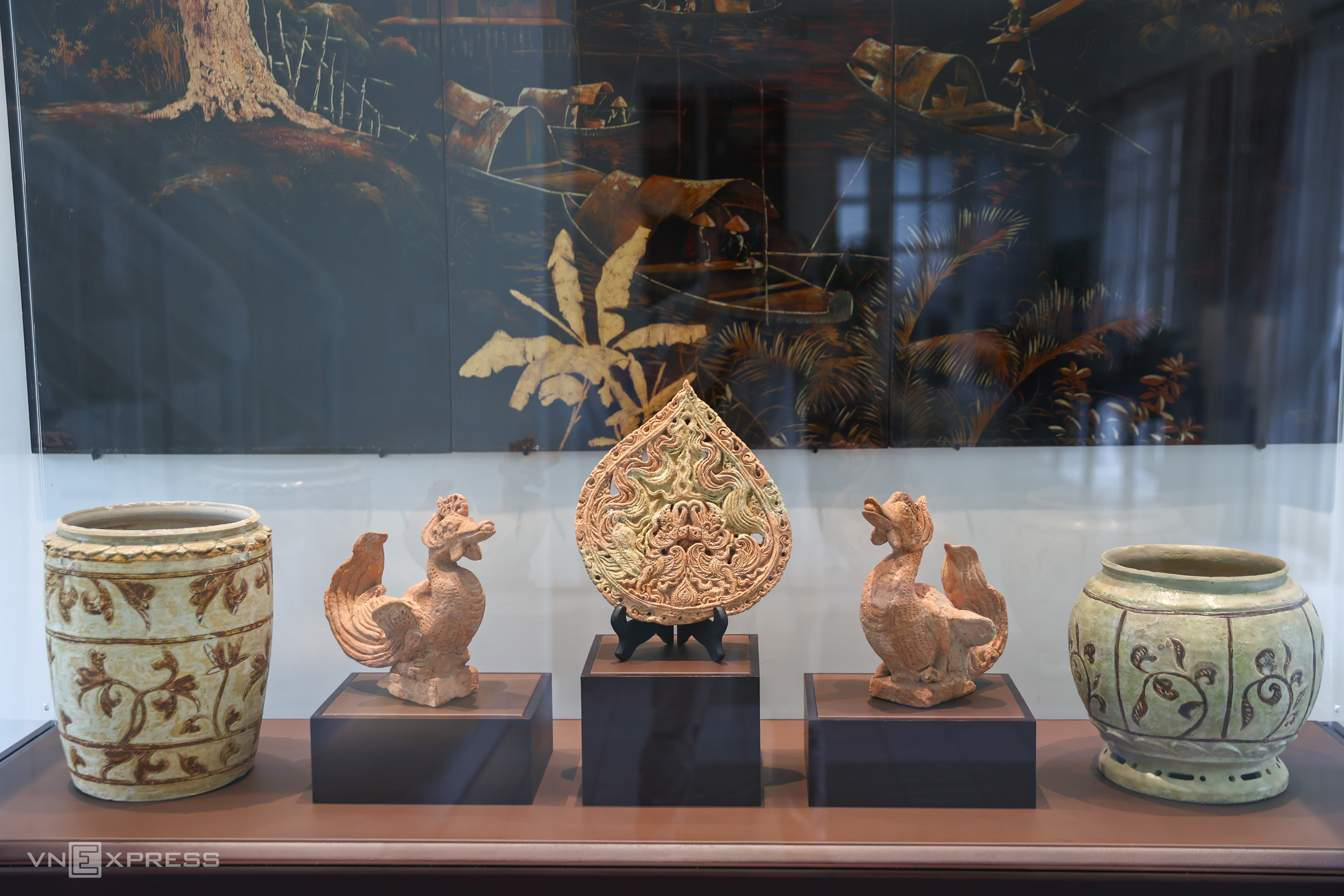 |
Another room exhibits artifacts from various periods of independent rule during Vietnam's feudal history, notably ceramics from the Ly and Tran dynasties.
The first image shows intricately crafted bowls from the Ly dynasty (1009-1225) with well-preserved patterns. The second image displays Tran dynasty (1225-1400) artifacts, including bowls, jars, decorative leaf motifs, and bird figurines.
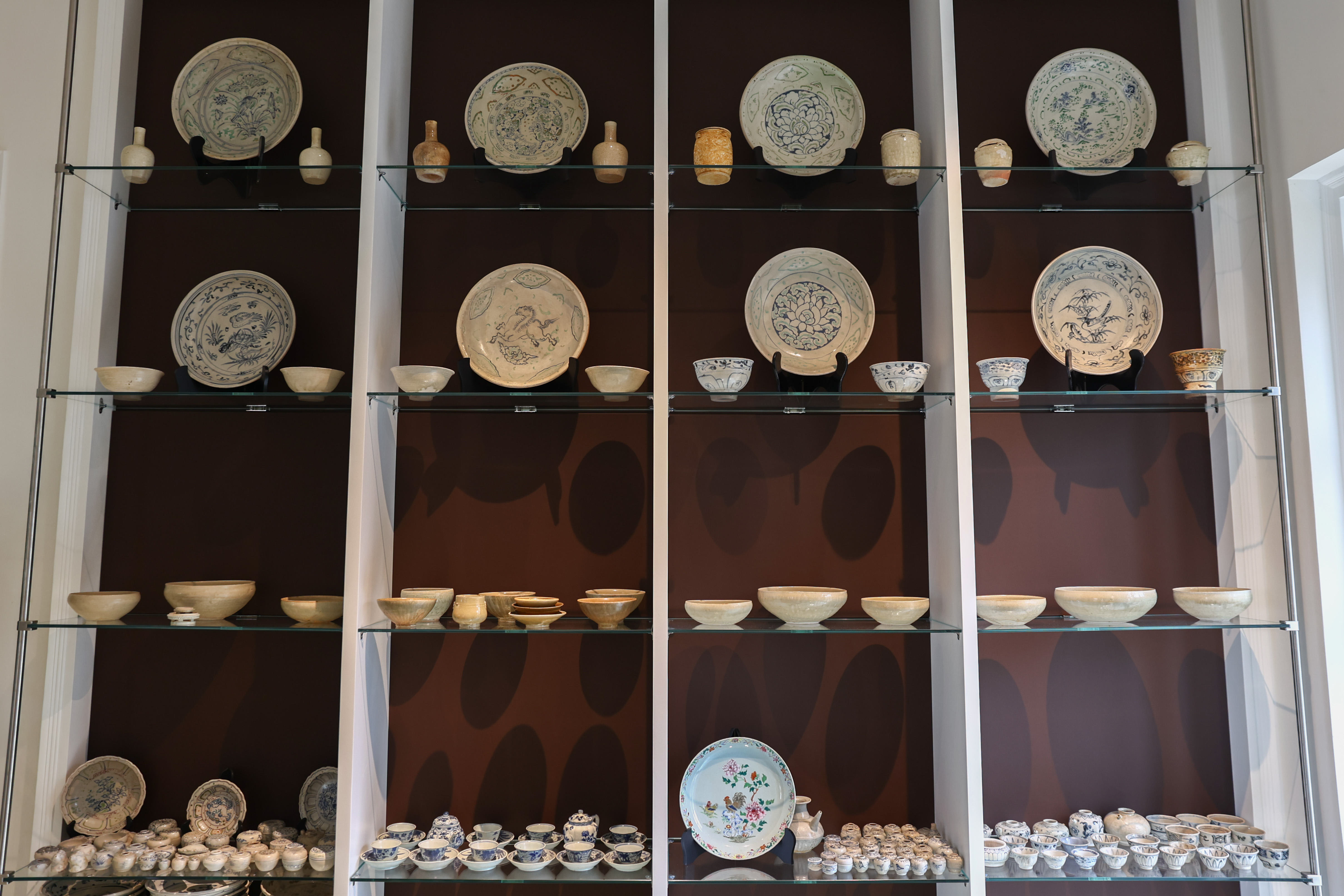 |
A display case holds various Chu Dau ceramics, including bowls, plates, vases, and teapots.
Chu Dau pottery flourished during the 14th-17th centuries, under the Le dynasty. It is characterized by its jade and white glazes, intricate designs, and use of blue, green, and red colors. Decorative themes range from flowers and leaves to dragons, phoenixes, and scenes of daily life.
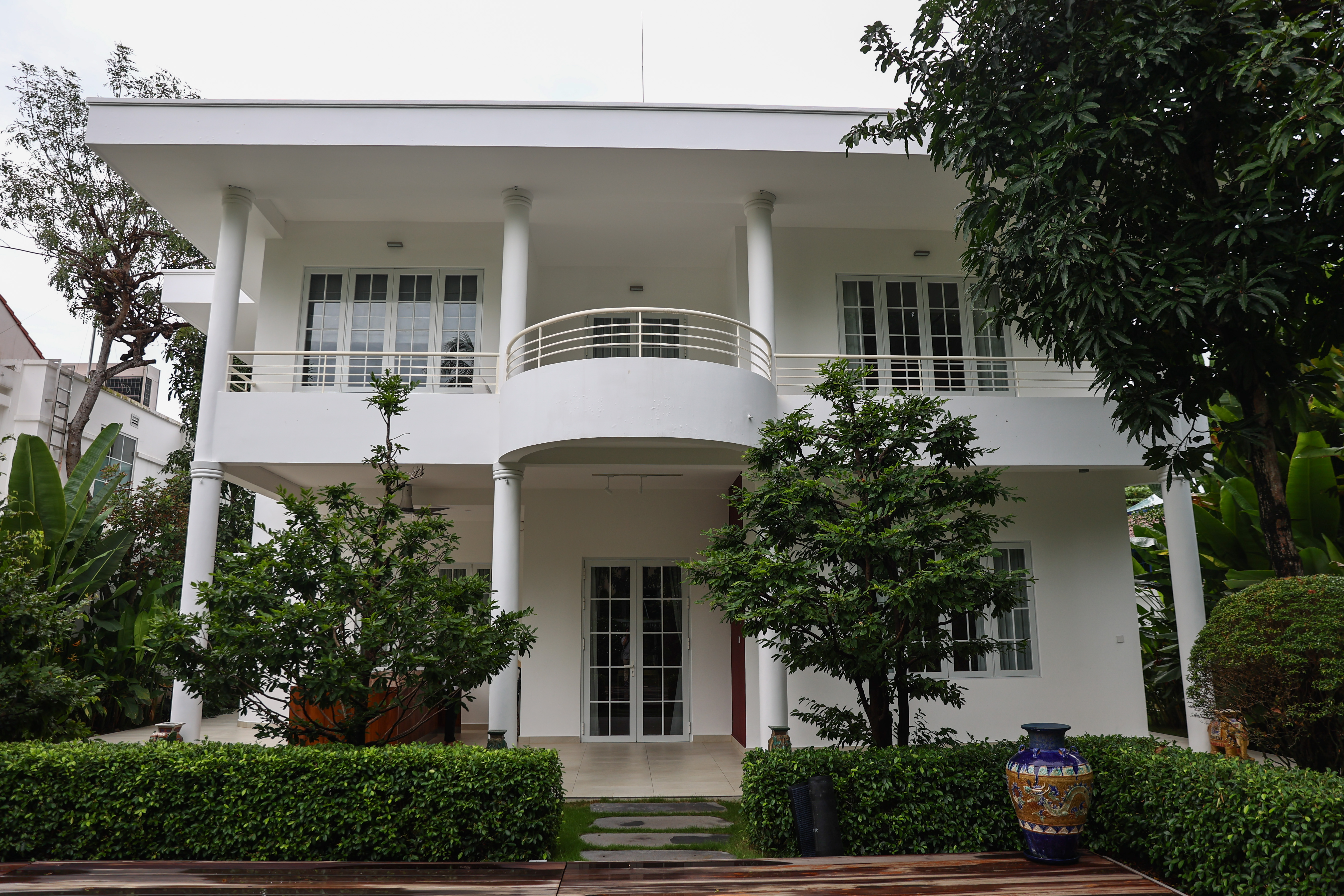 |
The exterior of the Founding Era Ceramics Museum.
The museum plans to organize educational programs for students, collaborate with universities and museums both domestically and internationally, and develop research materials.
Pham Gia Chi Bao, born in 1973, is better known as Chi Bao. He had a 25-year acting career, known for his romantic roles and versatility in films like *Intersection*, *Blood Money*, *The Weak Woman*, *Luc Van Tien*, and *Ugly Betty*. In recent years, Bao has reduced his on-screen appearances, focusing on business and philanthropy. In 5/2021, he announced his retirement from acting after 25 years.
Quynh Tran - Tan Cao



